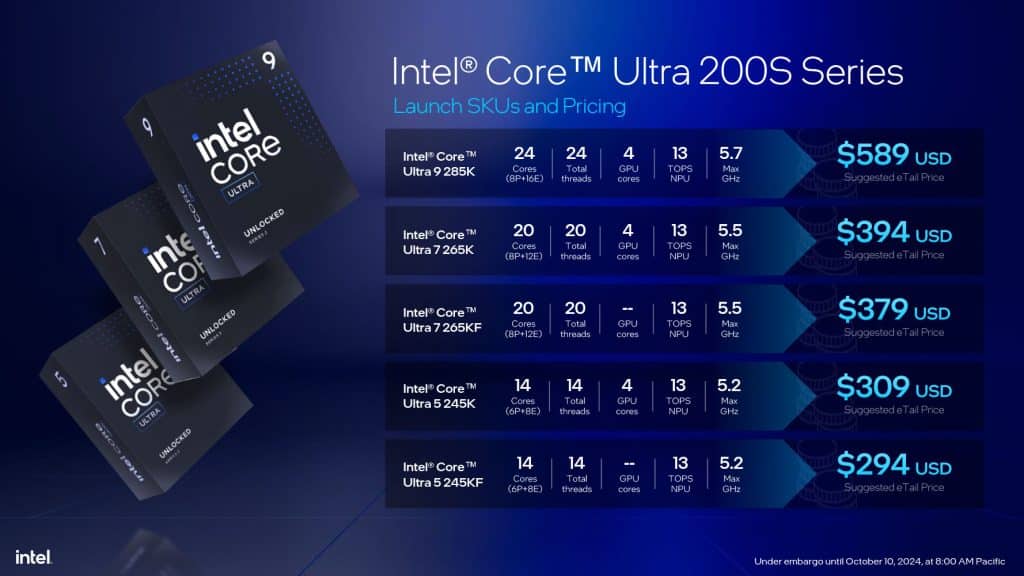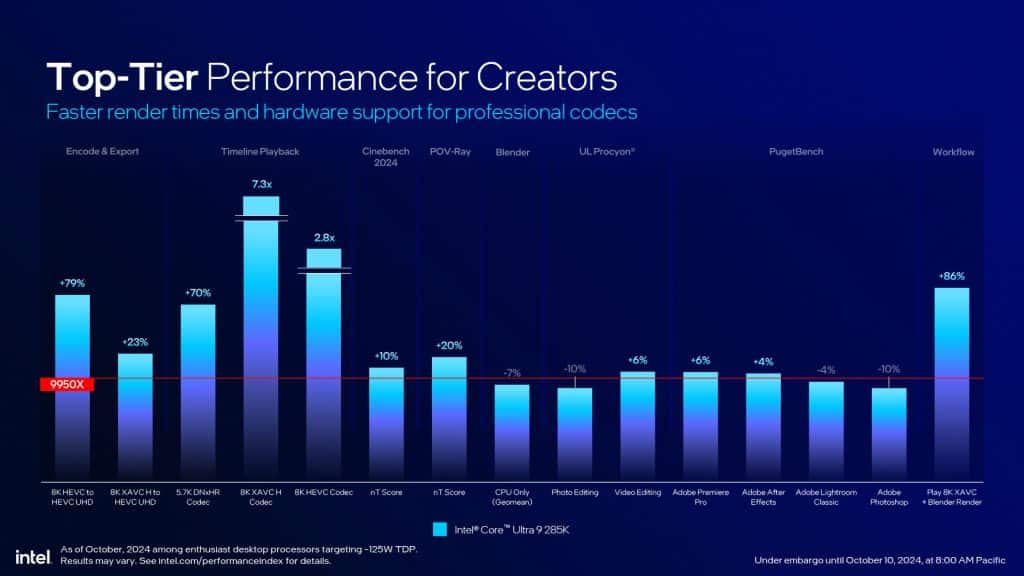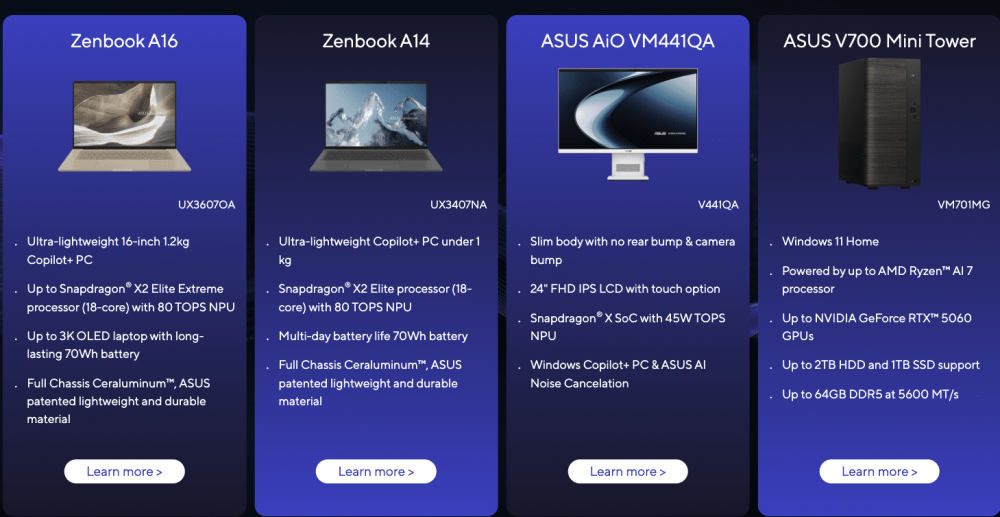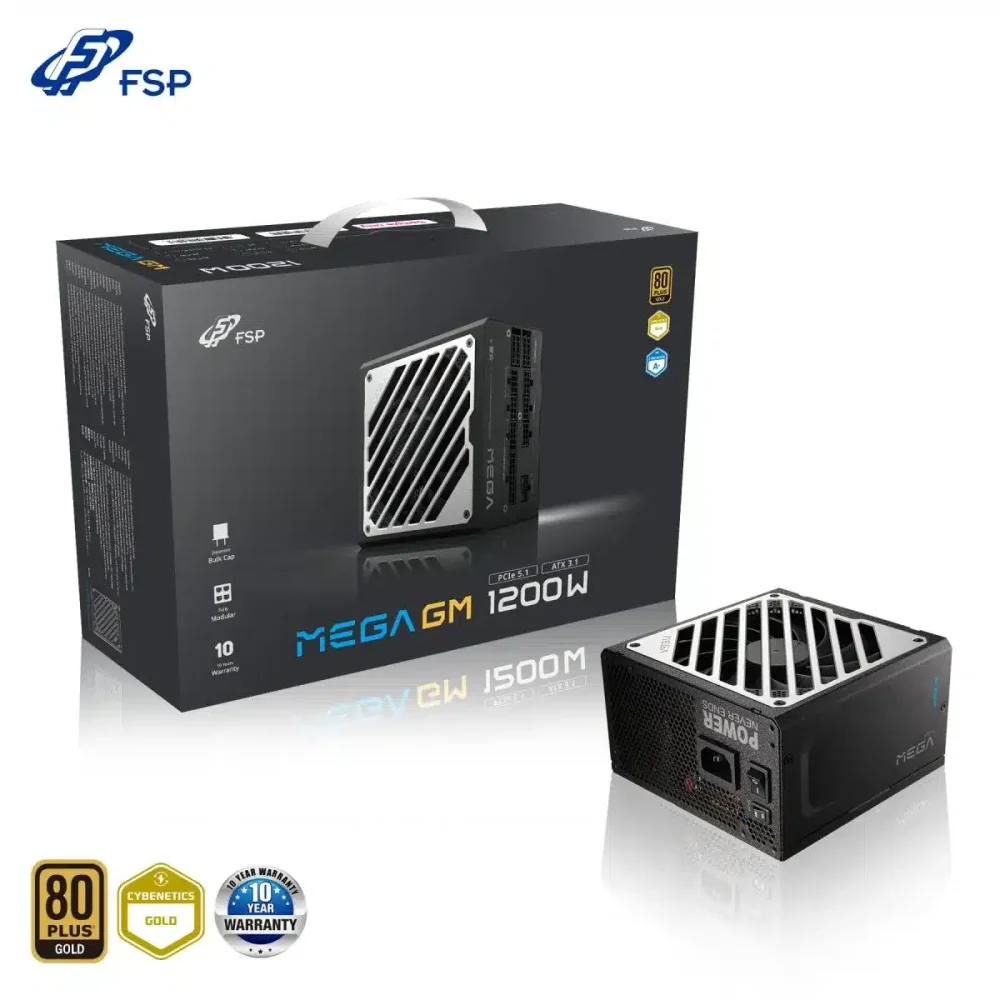Intel launched five new processor models today: Core Ultra 9, Core Ultra 7, and Core Ultra 5.
The top processor is the Core Ultra 9 285K, which utilizes the full capabilities of the Arrow Lake-S design. It has 8P+16E cores. The performance cores are of the “Lion Cove” type, and the efficiency ones are of the “Skymont” type. The L3 cache memory is 36 MB. From frequencies, the E-cores have a base frequency of 3.2 GHz and a boost one at 4.6 GHz. The respective clocks for the P-cores are 3.7 GHz and 5.5 GHz, and there is also a turbo-boost Max 3.0 mode for up to four cores, which raises the clocks to 5.6 GHz. However, Intel pushed it even further with the Thermal Velocity Boost (TVB) at 5.7 GHz for up to two cores. Apparently, Intel is after the performance crown, which has belonged to AMD for quite a long.
The P-cores on all new processors have 3 MB of dedicated L2 cache. The E-cores are in 4-core clusters, each sharing a 4 MB L2 cache. For the CPUs featuring an iGPU, it is based on the Xe-LPG architecture, so it is the same powering the Meteor Lake iGPUs.
Since AI is well into our lives now, Intel integrated an NPU unit on all of its new CPUs, which features two Gen 3 NCEs (neural compute engines) and offers a peak performance of 13 TOPS. The performance level is way below the 40 TOPS required by Microsoft Copilot+ AI PC certification.
Regarding power consumption, the official power rating provided by Intel, all five new processors have 125W base power. The 285K, 265K and 265KF have 250W maximum turbo power, while the 245K and 245KF have their maximum turbo power value reduced to 159 W.
Power Consumption
Intel states that the new CPUs won’t deliver significant performance gains over the previous generation. Still, they will be notably lower in power consumption for the same workloads, meaning they will be way more efficient. I am looking forward to seeing that since so far, the Intel 13th and 14th generation CPUs, especially the high-end models, were extremely power-hungry.
Using the i9-14900K as a reference, Intel claims that the system’s overall power consumption has dropped by 80W. I will check this with the Powenetics V2 system, which can measure the CPU’s power consumption alone.
Lower power consumption also means less stress for the cooling systems, which had a tough time on the 13900K and 14900K CPUs, which could apply over 350W sustained loads if you set high enough PL1 and PL2 values.
Expected Performance Levels
According to Intel, the gaming performance of the flagship Core Ultra 9 285K is similar to that of the i9-14900 K.
Compared to AMD’s Ryzen 9 9950x, the claimed performance levels favor Intel’s chip.
A performance comparison with the Ryzen 7 7950X3D, which is among the top gaming CPUs, is also provided. Of course, all these comparisons and data don’t mean much if we, reviewers, don’t check them. I still remember the claimed performance values of the Ryzen 9000 series and what we got in the end in our test systems.
Intel CPUs had an advantage in productivity tasks, and according to Intel, this looks to be the case with its new CPUs. We will see once we test them.
Intel LGA1851 Socket & Z890 Chipset
It’s time for a new socket, the LGA1851. This means you must buy a new mainboard if you want to use one of the latest Intel CPUs. You will have to spend a significant amount since, so far, only the top Intel Z890 chipset is available. More affordable chipsets and mainboards will be available in 2025.
The processor connects to the Z890 chipset through a DMI 4.0 x8 chipset bus (bandwidth comparable to PCI-Express 4.0 x8). It puts out 24x PCI-Express Gen 4x downstream lanes. This is a massive increase from the Z790, which has 16x Gen 4 and 8x Gen 3 lanes. The integrated USB complex consists of 32x USB 3.2 5 Gbps serial-deserializers, which motherboard designers can configure into 5x 20 Gbps ports, 10x 10 Gbps ports, and tenx 5 Gbps ports. There’s also a 14-port USB 2.0 hub. Intel has retired the HDA “Azalia” audio interface with Z890, which means onboard audio CODECs will have to use the newer MIPI SoundWire and USB 3.2 interfaces (which CODECs like the Realtek ALC4080 and ALC4082 already do).
The chipset integrates a 1 GbE MAC and Wi-Fi 6. Nonetheless, given the new chipset’s available PCIe and USB 3.2 connectivity, manufacturers can easily provide Wi-Fi 7 and 2.5 GbE ports (or better). They can also use Intel’s Killer networking package, which combines existing Intel networking PHY with the advanced Killer prioritization engine, and DoubleShot Pro, which work together to reduce network latency when gaming.
My Thoughts
Intel is trying hard to keep up with AMD. I sincerely hope it will manage to keep so with its new CPUs, especially after the drama that occurred with the extreme power consumption and the relevant degradation issues in the high-end 13th and 14th generation chips. Intel avoids promising high-performance differences from the previous generation but promises lower power consumption, which I would like to see. Unfortunately, I am not in the sample pool for Intel processors, but this won’t stop me from buying and testing some of them. The only problem is that I won’t be among the first reviewers to test them, but I prefer to use my own pace and deliver the best possible results rather than rush it.
















